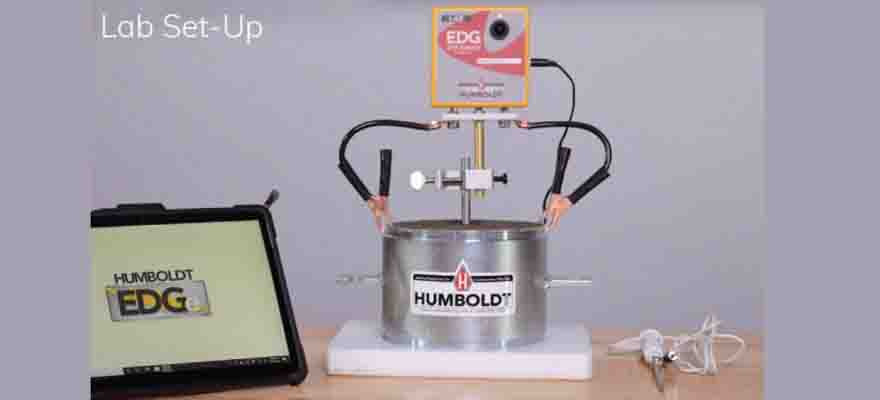The Psychology Behind Lookwalker Advertising: Capturing Attention on the Go
In the fast-paced world of modern advertising, capturing the fleeting attention of consumers is more challenging than ever. With people constantly on the move and bombarded by numerous stimuli, businesses need to adopt creative approaches to break through the noise. Enter Lookwalker advertising—a revolutionary form of outdoor advertising that combines cutting-edge technology with the power of psychological principles to engage consumers in real time.
Lookwalker campaigns have emerged as an innovative and highly effective way to connect with audiences, particularly in high-traffic public spaces. But what exactly makes Lookwalker advertising so captivating? In this article, we delve into the psychology behind Lookwalker advertising and explore how this unique marketing strategy taps into human behavior to capture attention and drive engagement.
Understanding the Power of Visuals
Humans are highly visual creatures. In fact, research has shown that over 90% of the information we process comes from visual stimuli. This is one of the key psychological factors that makes Lookwalker advertising so powerful. Traditional billboards typically rely on static images or text, which can be easily ignored by passersby. However, Lookwalker takes advantage of dynamic video content, turning a simple advertisement into an immersive visual experience.
Lookwalker Activity capitalizes on the power of moving images to instantly capture attention. The brain is naturally drawn to movement, and when people see a video playing in a busy environment, their attention is automatically diverted toward it. This dynamic quality makes Lookwalker advertisements far more likely to stand out and engage viewers, especially in areas with high foot traffic, such as shopping malls or transit stations.
The Impact of Motion and Interactivity
The psychological concept of “motion” is a crucial element in Lookwalker advertising. When we see something move, especially in a crowded or static environment, our brains instinctively focus on it. This is why moving advertisements, like Videowalker, have a much higher chance of being noticed compared to traditional static ads. This principle is rooted in evolutionary psychology: our ancestors needed to be alert to moving objects in their environment, whether it was prey or potential threats. This instinct to focus on motion is still ingrained in our behavior today.
In addition to motion, Lookwalker’s interactive features enhance the experience even further. Video walker for advertising utilizes motion sensor technology, allowing the content to change or respond depending on the viewer’s actions or proximity. This level of interactivity not only grabs attention but also creates a sense of involvement, making the experience more memorable. When consumers actively engage with an advertisement, they are more likely to retain the information and take action, whether it’s visiting a store or exploring a brand further.
Personalization and Relevance: The Human Desire for Tailored Experiences
One of the reasons Lookwalker advertising resonates so well with modern consumers is its ability to deliver personalized content. Today’s consumers expect more relevant and tailored experiences, and Lookwalker delivers just that. Using real-time data, Lookwalker campaigns can be customized to reflect the local culture, preferences, and interests of the audience. This is a psychological principle known as “relevance,” which suggests that people are more likely to engage with content that speaks directly to them.
For example, a Lookwalker in Bihar may feature advertisements tailored to the regional audience, highlighting local products, services, or promotions. Similarly, a Lookwalker in Ahmedabad could showcase content specifically designed to resonate with the city’s demographics. Personalization makes consumers feel understood and valued, which leads to increased engagement and a stronger emotional connection to the brand.
The Power of Novelty: Catching Attention with Something New
Humans are inherently curious creatures, and we are drawn to new and novel experiences. When we encounter something unfamiliar or unexpected, our brains release dopamine, the neurotransmitter associated with pleasure and reward. This is one of the reasons why Lookwalker advertising is so effective—it offers something new and innovative in a world where traditional advertising methods can feel repetitive and uninspiring.
Lookwalker Manufacturers have embraced this principle by creating advertising solutions that are unlike anything consumers have seen before. The novelty of interactive video displays in public spaces attracts attention, and the surprise factor makes the experience more exciting. As a result, consumers are more likely to stop, watch, and engage with the content, creating a stronger impression and increasing the likelihood of conversion.
Social Proof: The Influence of Others
Another psychological principle that Lookwalker advertising taps into is social proof, which suggests that people are more likely to take action if they see others doing the same. In busy public spaces, Lookwalker advertisements often attract a crowd, and people naturally become curious about the attention others are giving the display. This creates a sense of FOMO (fear of missing out), prompting more individuals to stop and engage with the content.
When a person sees others interacting with a Lookwalker, it signals that the content is worth paying attention to. This phenomenon is particularly effective in high-traffic areas like shopping malls, airports, or transportation hubs, where Lookwalker displays can draw significant foot traffic. By leveraging social proof, Lookwalker advertising creates a snowball effect, where more people are encouraged to engage simply because others are doing so.
The Role of Location and Context
The success of Lookwalker advertising also relies on its ability to adapt to its location and context. Lookwalker can be strategically placed in areas where consumers are most likely to have time to engage, such as malls, bus stops, or transit stations. These locations offer the perfect environment for Lookwalker displays, as people are often waiting and looking for something to do during their downtime.
The context in which the advertisement appears also plays a significant role in its effectiveness. For instance, a Lookwalker in Hyderabad might feature content that aligns with local events or holidays, creating a stronger connection with the audience. By tapping into the context of the location, Lookwalker advertising can deliver a more relevant and timely message that resonates with viewers on a deeper level.
Conclusion: The Psychological Power of Lookwalker Advertising
Lookwalker advertising leverages several key psychological principles to capture attention, engage viewers, and create lasting impressions. By combining motion, interactivity, personalization, novelty, social proof, and context, Lookwalker campaigns create an immersive and compelling experience that is difficult to ignore. In a world where consumer attention is increasingly fragmented, Lookwalker offers businesses a powerful tool to stand out and connect with their audience in a meaningful way.
As Lookwalker continues to gain traction in the advertising industry, it’s clear that this innovative form of marketing is not only effective in capturing attention but also in driving real-world results. Whether it’s showcasing products, promoting events, or enhancing brand visibility, Lookwalker advertising is changing the game for businesses looking to make a lasting impact in public spaces.









